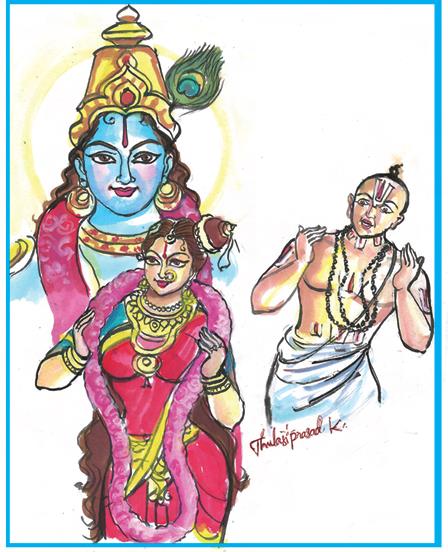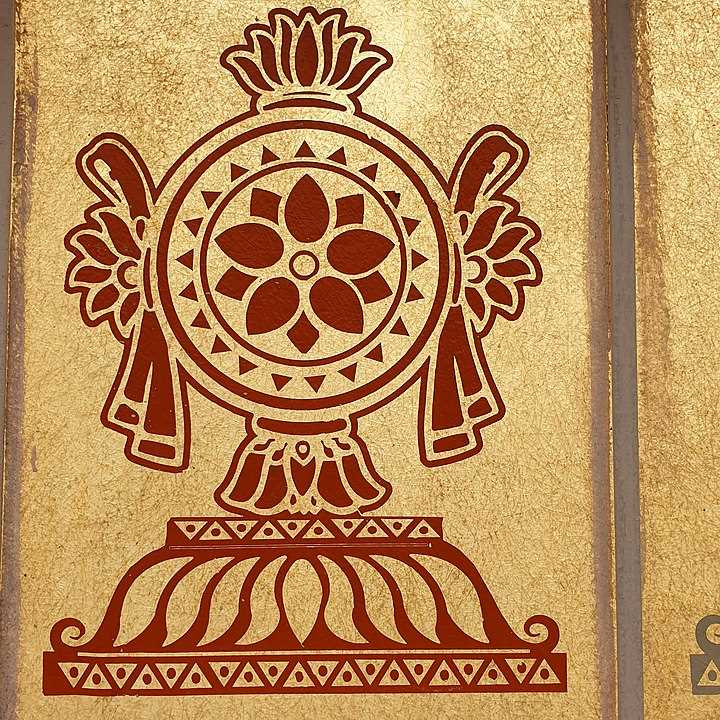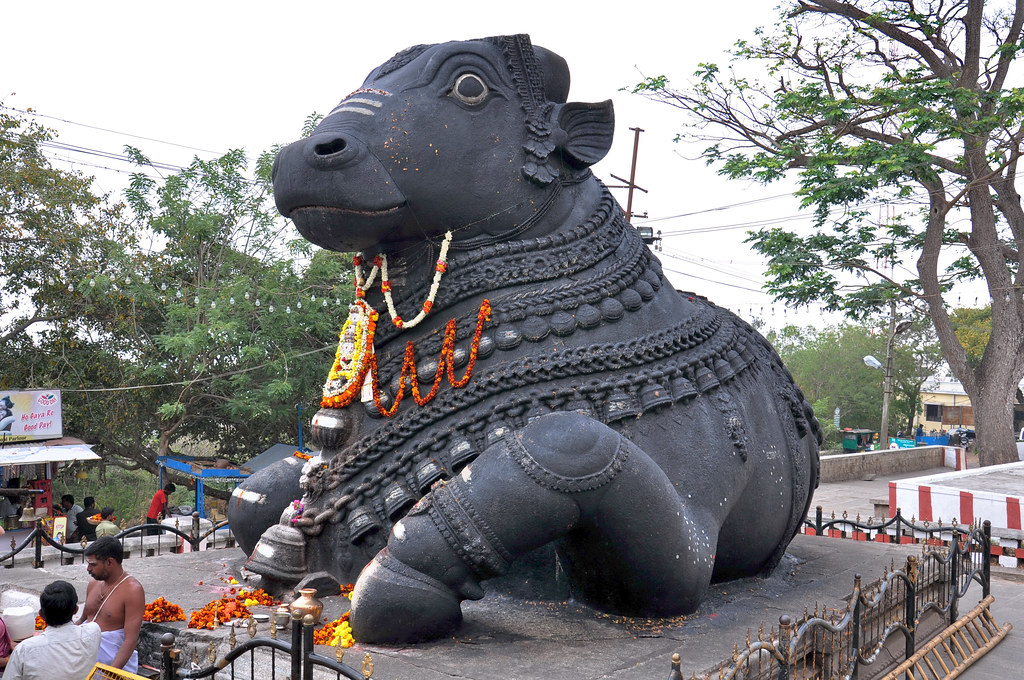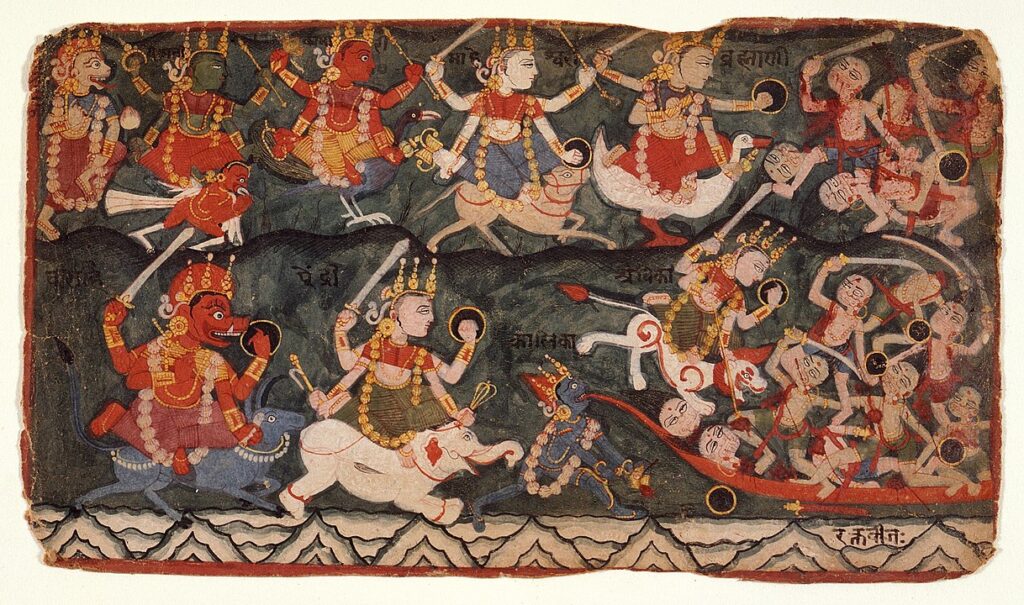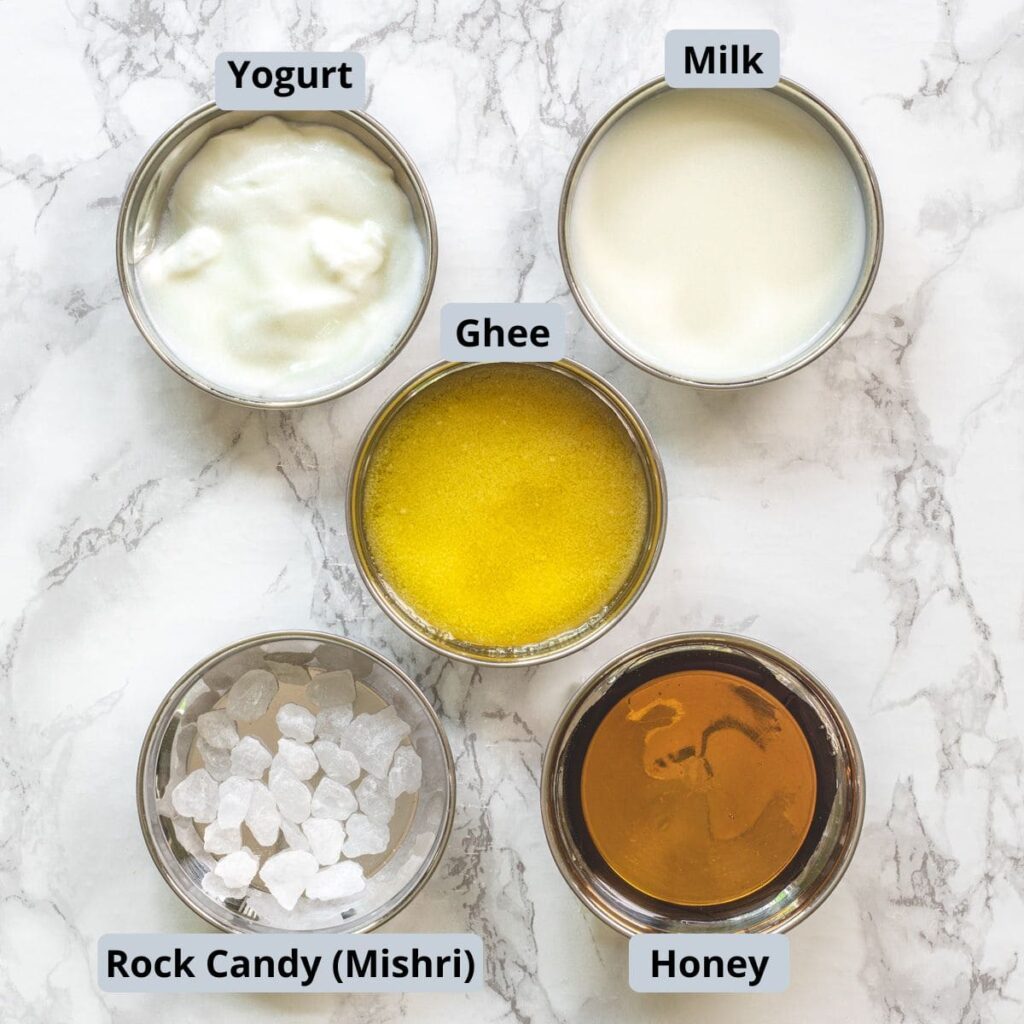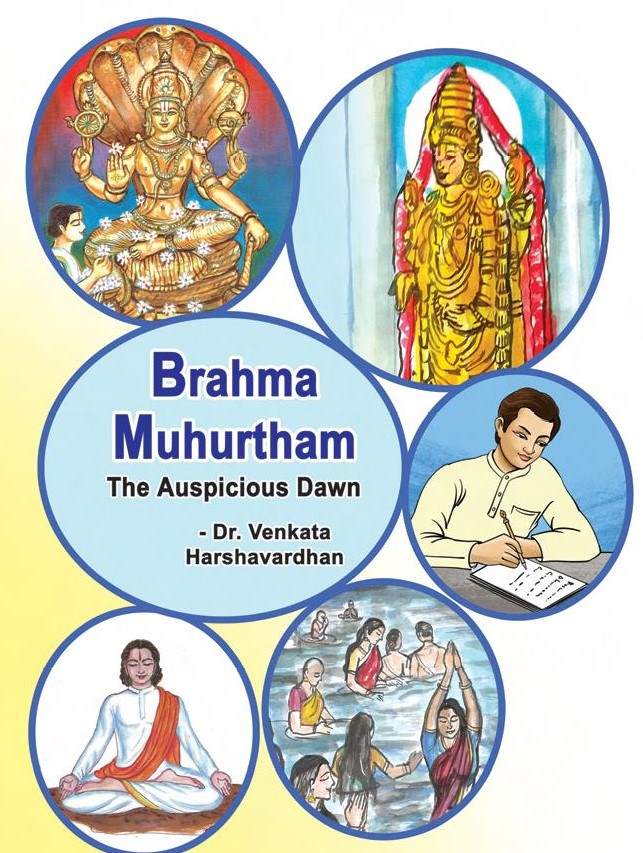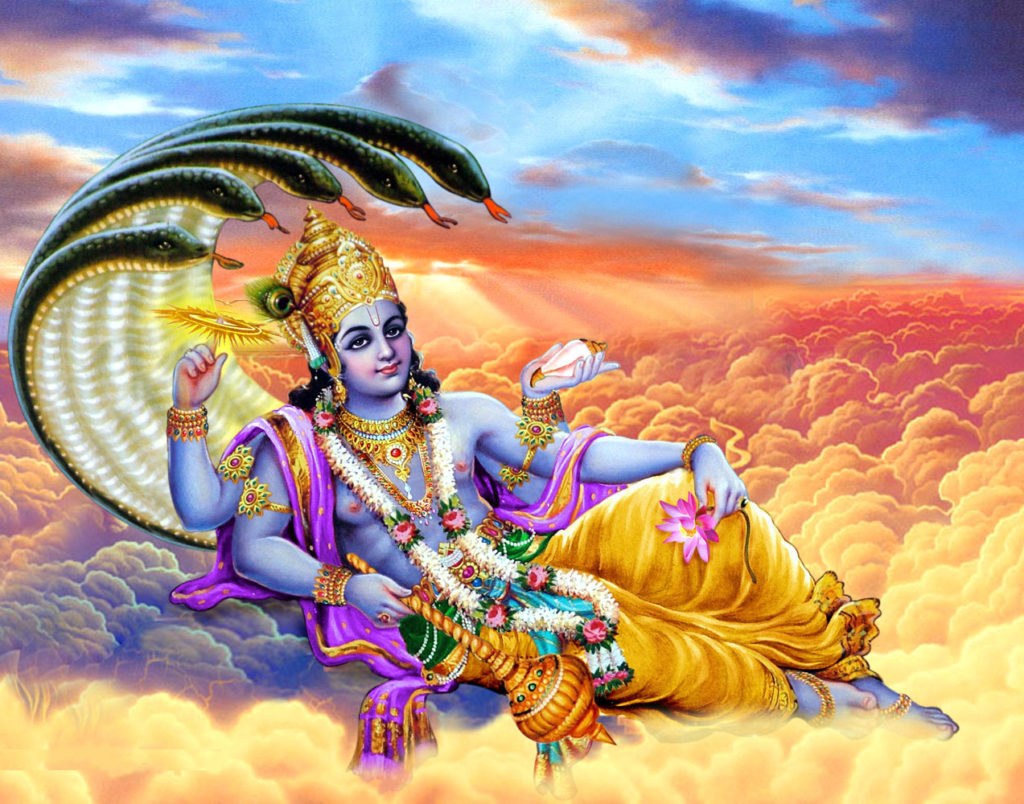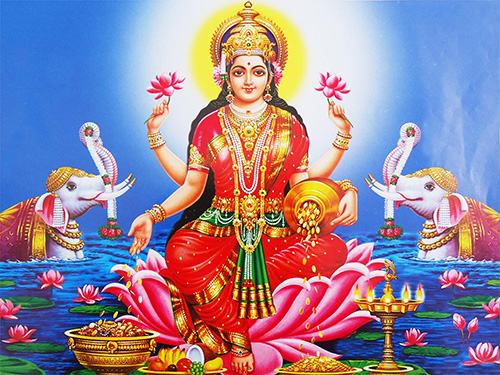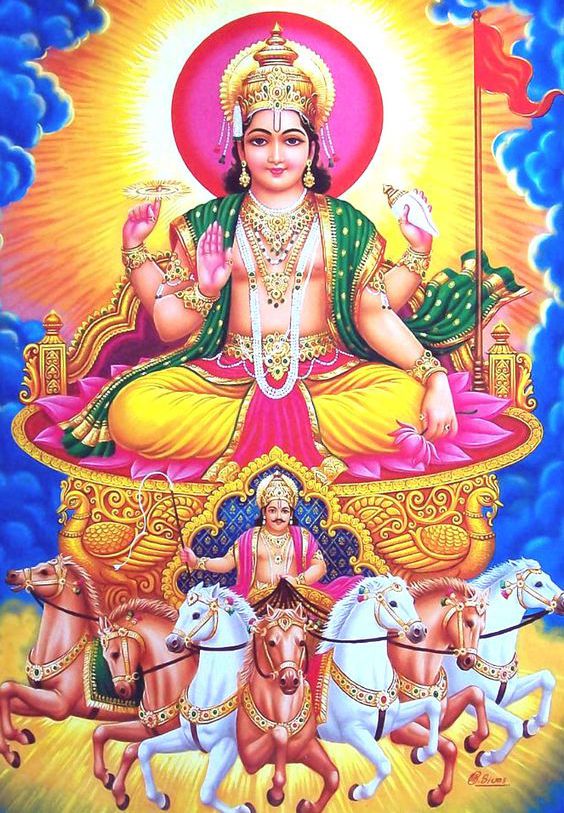Andal Thiruvaadipooram (Birthday of Andal or GodaDevi) Goda Devi – Incarnation of Bhumi Devi Goda Devi, hailed as Sri Andal is an incarnation of Bhumi Devi. She was bought up by Perialwar named Vishnuchittar in the temple town of Sri Villiputtur, Tamil Nadu. She is considered one of the 12 Vaishnava Saints known as Alwars Read More
Category: Hindu deities
Hindu deities are the gods and goddesses in Hinduism.
Sudarshan Chakra – Protector of the Good
Sudarshan Chakra Sudarshan Chakra is the most powerful weapon of Lord Vishnu in the form of a rotating disc with sparkling spikes to protect the righteous and destroy the evil-minded people. The literal meaning of the weapon is that it is a “wheel with an auspicious vision which is always in motion.” Lord Vishnu as Read More
Panchabhoota Kshetras (5 Elements)
Panchabhootas Bhoomi (Earth), Neeru (water), Agni (fire), Vaayu (air), and Aakasam (sky) are called Panchabhootas. ‘Pancha’ means five and ‘Bhoota’ means compound. These five elements which are very important for life have been worshipped since the olden days. Siva, the God of Destroyer within the Trimurthis, manifested himself as Panchaboothas in the form of panchabhoota Read More
NANDI – Vahanam of Lord Siva
Nandi Vahanam As we have vehicles to call our own, the gods and goddesses of the Hindu Pantheon too have some such thing to call their own. Like ours, theirs too differ in shapes and sizes, and they take pride in riding upon them. While the pot-bellied and elephant-faced Lord Ganesa chose a mouse for Read More
The Divine Vahanas of gods and goddesses
– Smt. T.S. Rajalakshmi Divine Vahanas Vahana in Sanskrit means “that which carries,” a vehicle for Gods and Goddesses. All Gods and Goddesses have their vehicles (Divine Vahanas or Vahanams). The vehicle may be a bird or an animal. Yet, they too are considered with high respect and offered prayers. They become vehicles to serve Read More
Panchamrut – 5 Elements
Everything about Naivedhyam and Panchamrut The timeless relevance of our religion, Hinduism is that the fundamental principles of spirituality are holistically enmeshed in simple, easy to practice and very scientific rituals that serve continuously to enrich the mind, body, and soul. These practices are so convenient to integrate into one’s lifestyle that personal upliftment is Read More
Brahma Muhurta: The Powerful Hour Before Sunrise
Brahma Muhurta or Brahma Muhurtham or Braamhi Muhurtha This article touches upon the role and importance of ‘Brahma Muhurtham’ or ‘Braamhi Muhurtha’, especially in the ‘Abode of God Venkateswara’ and its importance, to perform the poojas during the same time in Tirumala. This article also covers the role of the aforesaid, for the students and Read More
Maha Vishnu: Exploring the 5 forms | Hindu God
Lord Maha Vishnu All the Vedas unanimously declare that Lord Vishnu is prominent among the Vedic Gods. Agni is considered to be the last and Maha Vishnu the Highest. Lord Maha Vishnu is eulogized as one who demonstrated the celebrated three strides (Vikrama) Trivikrama and consequently acquired the honorific name as Trivikrama throughout Vedic literature, Read More
Vara Lakshmi Devi – Boon Giver
Goddess Lakshmi Goddess Lakshmi is worshipped in eight different forms. The group of these eight forms of Goddess Lakshmi is called Ashta Lakshmi. The eight divine forms are: Adi-Lakshmi: The primeval Goddess Dhana-Lakshmi: The Goddess of prosperity and wealth Dhanya-Lakshmi: The Goddess of Foodgrains Gaja-Lakshmi: The goddess of strength, power and royalty Santana-Lakshmi: The Goddess Read More
Lord Surya
Lord Surya radiates the world like an infinite Wheel of Light and revolves round the three ‘lokas’. He is the marvellous and direct embodiment of Trinity and Time. He controls the movements of Planets, Subsequently representing the miraculous nature of Time being visible every moment and creates Days, Nights, Fortnights, Months, Seasons, ‘Ayanas’, and Years. Read More
